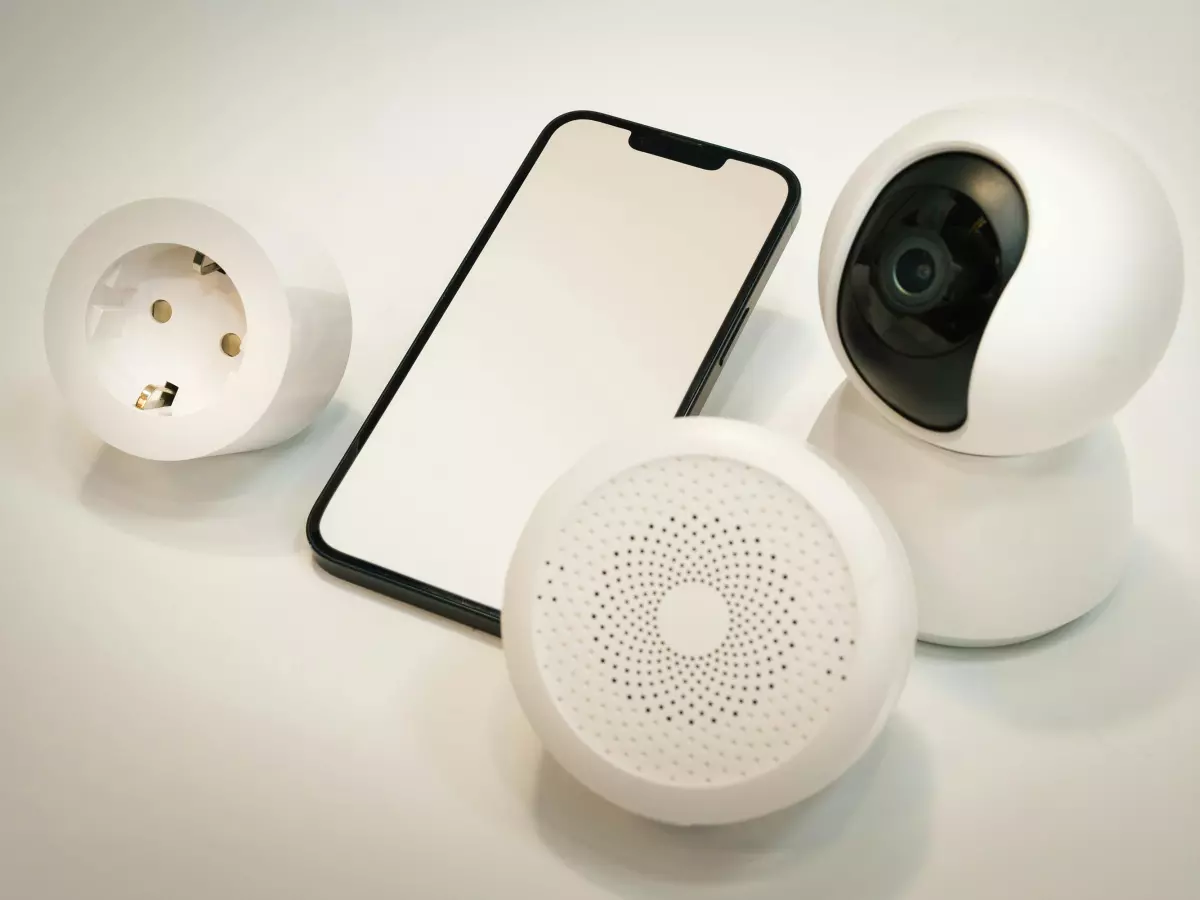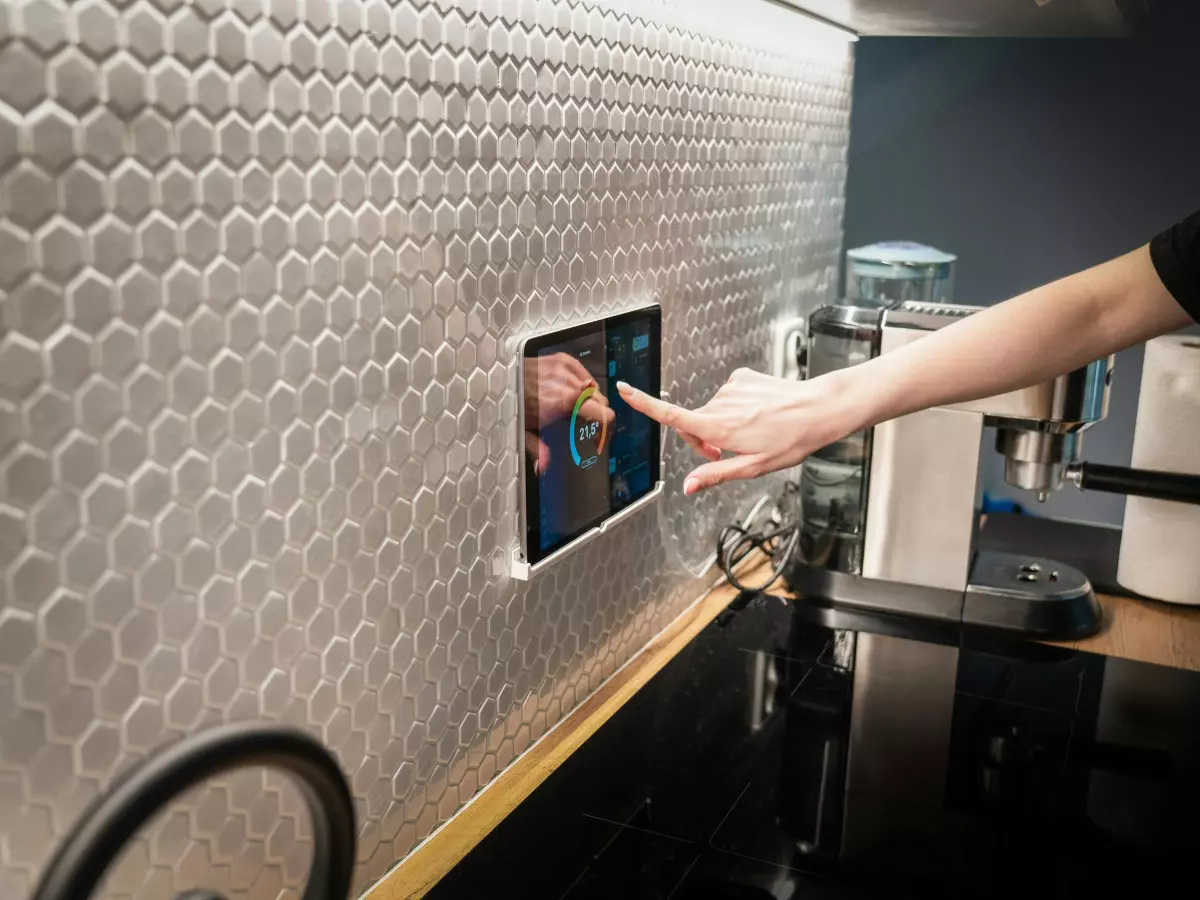Connectivity Chaos
Imagine trying to have a conversation in a crowded room, where everyone is speaking a different language. Now, imagine your smart home devices doing the same thing. Sounds like chaos, right?

By Isabella Ferraro
Back in the early days of smart home tech, devices were pretty simple. You had a few smart lights, maybe a thermostat, and if you were really fancy, a smart speaker. They all connected to your Wi-Fi, and life was good. But as more devices entered the market, things got complicated. Suddenly, your smart home was a digital Tower of Babel, with devices struggling to communicate across different protocols, standards, and networks.
Fast forward to today, and while the tech has improved, the problem of connectivity chaos still lingers. With so many devices and protocols—Wi-Fi, Zigbee, Z-Wave, Bluetooth, Thread, and more—getting everything to work together seamlessly can feel like trying to solve a Rubik's Cube blindfolded.
So, what are the biggest connectivity pitfalls you need to avoid? Let’s break it down.
1. Overloading Your Wi-Fi Network
Wi-Fi is the backbone of most smart homes, but it’s not invincible. If you’re running too many devices on a single network, you’re asking for trouble. Think of your Wi-Fi like a highway. The more cars (or devices) you add, the more traffic jams you’ll get. And trust me, you don’t want your smart lights freezing up just when you’re about to impress your dinner guests with that perfect mood lighting.
Solution? Consider using devices that support alternative protocols like Zigbee or Z-Wave, which operate on different frequencies and take some of the load off your Wi-Fi.
2. Ignoring Protocol Compatibility
Not all smart home devices speak the same language. Some use Wi-Fi, others use Zigbee, Z-Wave, or even Bluetooth. If you’re not paying attention to protocol compatibility, you could end up with a bunch of devices that can’t talk to each other. It’s like trying to have a conversation between someone speaking English and someone speaking Klingon—good luck with that.
Before you buy, make sure your devices are compatible with the same protocol or that you have a hub that can bridge the gap between different standards.
3. Skipping the Hub
Hubs may seem like an unnecessary expense, but they’re often the glue that holds your smart home together. A good hub can manage multiple protocols, ensuring that your devices can communicate smoothly, even if they’re speaking different languages. Without a hub, you might find yourself constantly troubleshooting connection issues.
Think of the hub as a translator at a diplomatic meeting—it ensures everyone understands each other, no matter what language they’re speaking.
4. Forgetting About Range
Not all smart home devices have the same range, and this can lead to frustrating dead zones in your home. Wi-Fi signals, for example, weaken the farther they have to travel, especially through walls. If your smart devices are too far from your router or hub, they might struggle to stay connected.
To avoid this, consider using mesh networks or range extenders to ensure your entire home is covered. No one wants a smart doorbell that only works when you’re standing next to it!
5. Neglecting Security
Last but definitely not least, don’t forget about security. With so many devices connected to your network, each one is a potential entry point for hackers. If you’re not securing your smart home properly, you’re leaving the digital door wide open.
Make sure to use strong, unique passwords for each device, enable two-factor authentication where possible, and keep your firmware up to date. It’s like locking the doors to your house—you wouldn’t leave them wide open, would you?
In the end, building a smart home is all about balance. You want everything to work together seamlessly, without overloading your network or sacrificing security. Avoid these common connectivity pitfalls, and you’ll be well on your way to a smart home that’s as smooth as butter.





